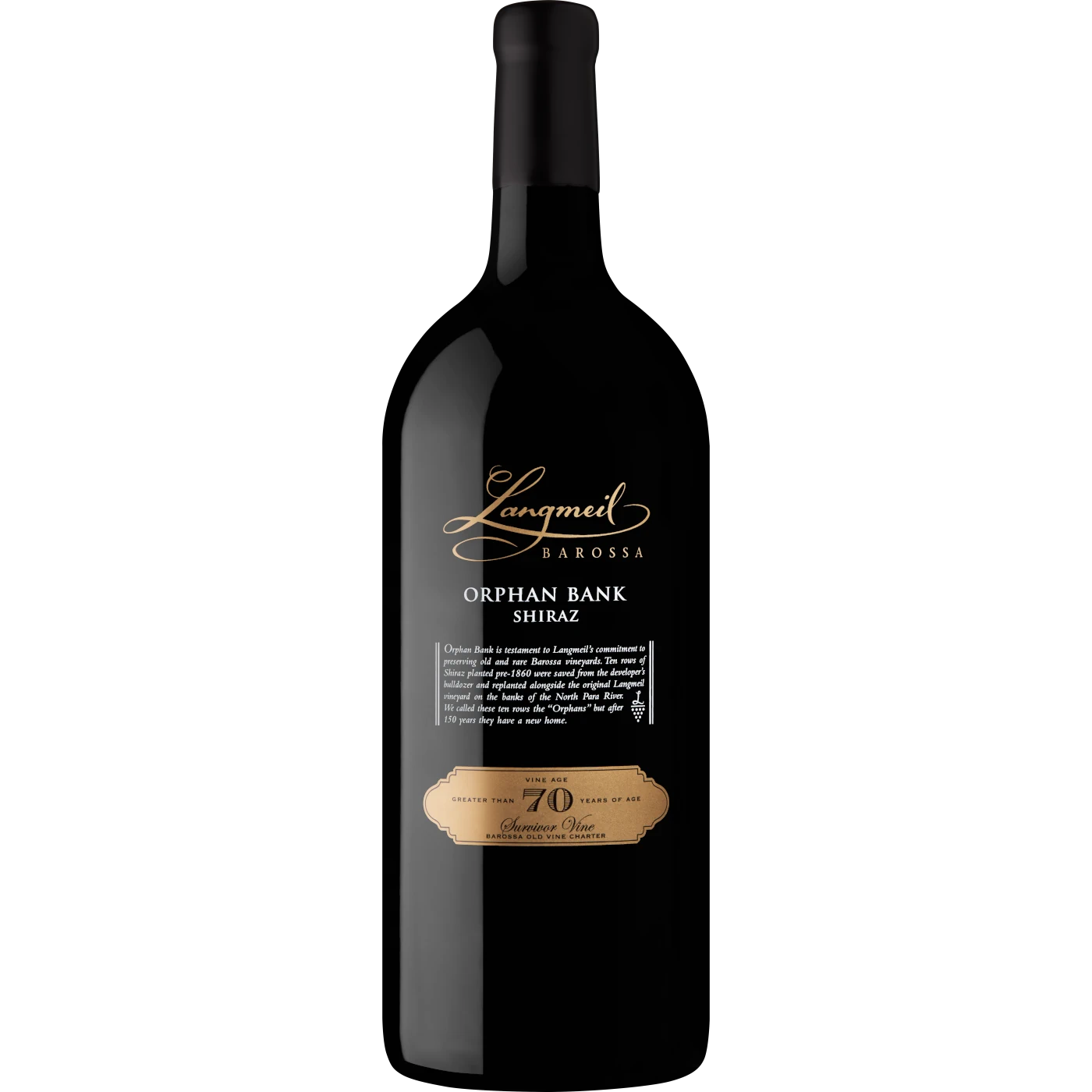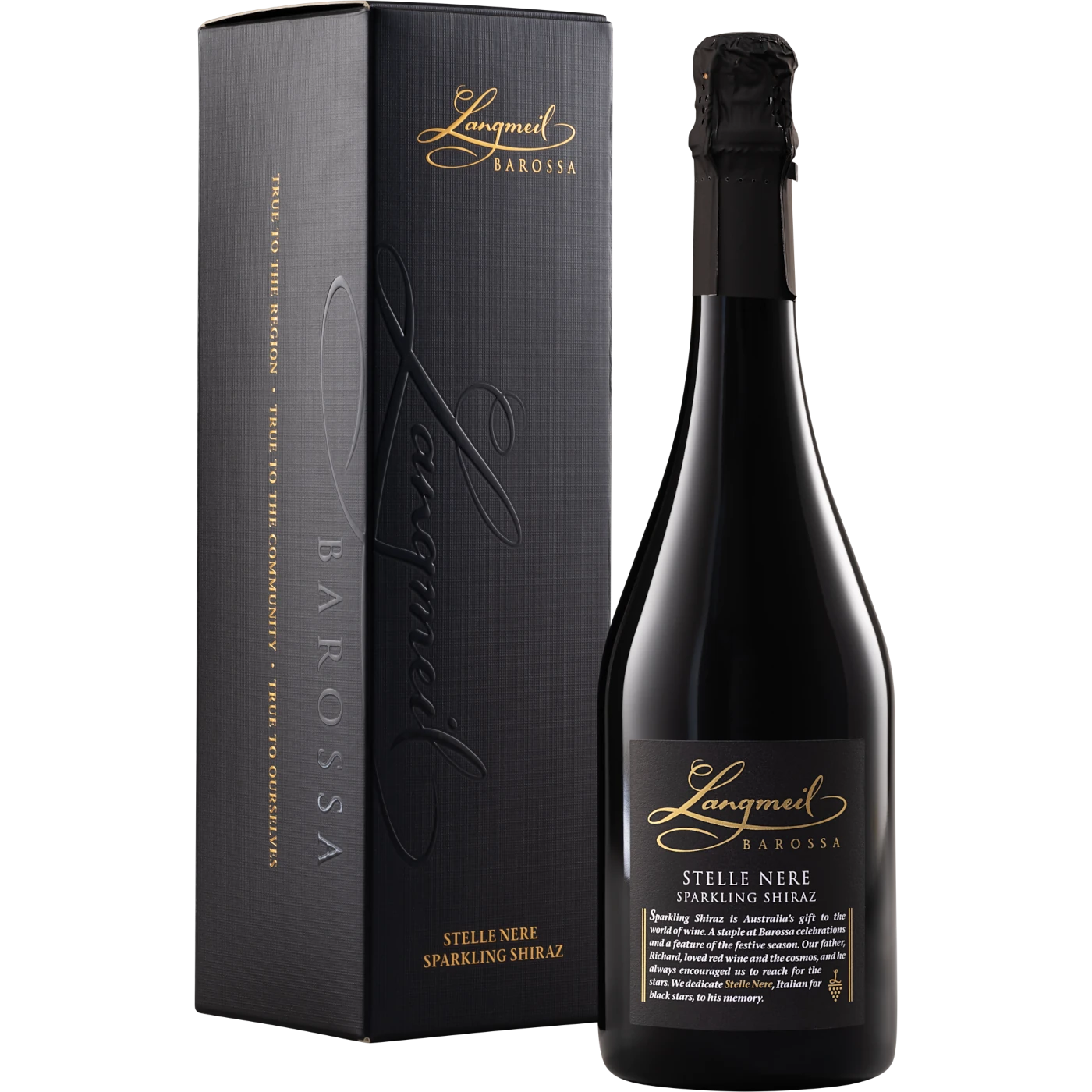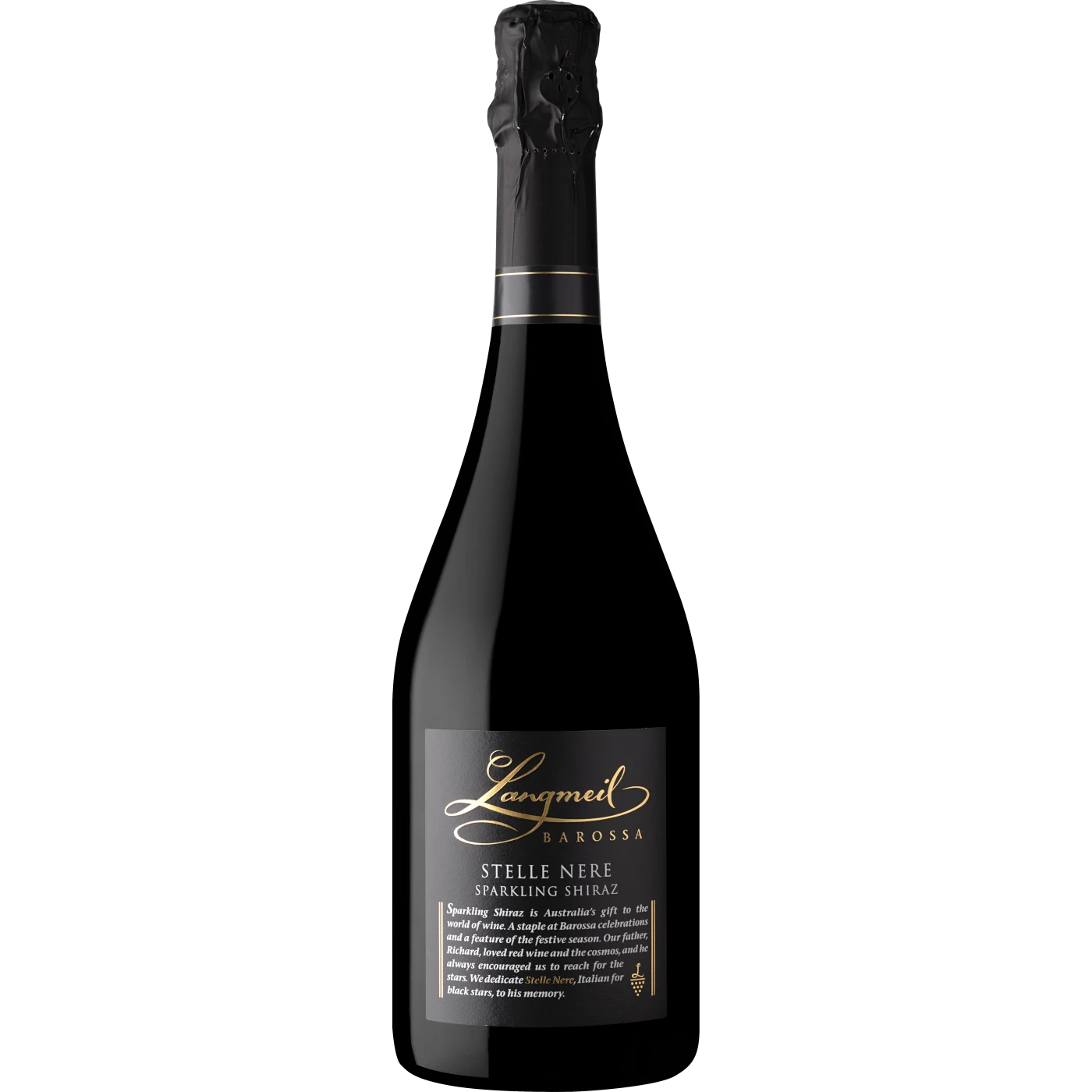Nurturing Vineyards
We focus on creating premium Barossa wine, with our vineyards at the heart of it. We nurture biodiversity among our dry-grown vines, ensuring harmony with nature. Since acquiring Langmeil in 1996, we’ve worked to revive the region’s old vines, with our family-owned sites on the valley floor, in Eden Valley and Lyndoch forming the foundation of our wines.
OUR GROWERS
The Barossa has a thriving community of grape growing families, some of which can count six or more generations who have tended the same patch of vines since the Barossa’s settlement in 1842. While Langmeil has expanded its own vineyard interests since acquiring the property in 1996, it’s these grape growers that have been at the core of Langmeil’s winemaking since day one.
Their knowledge is valued and relationships are cherished. Such families, we believe, are the jewels in the crown to this unique region and the backbone to its success as a great and enduring agricultural community. These 700 family grape growers cover the whole of the Barossa, from the Valley floor’s northern, southernand central grounds, to the Eden Valley and High Eden. Such breadth and diversity allows Langmeil to secure prime fruit from a multitude of sites, bringing a vibrant and multi-regional dimension to our wines.
A fine example of a wine that encapsulates the depth and breadth of our growers is the Valley Floor Shiraz, made from fruit grown by over 20 families from many of the Barossa’s 30 original villagesor parishes.










